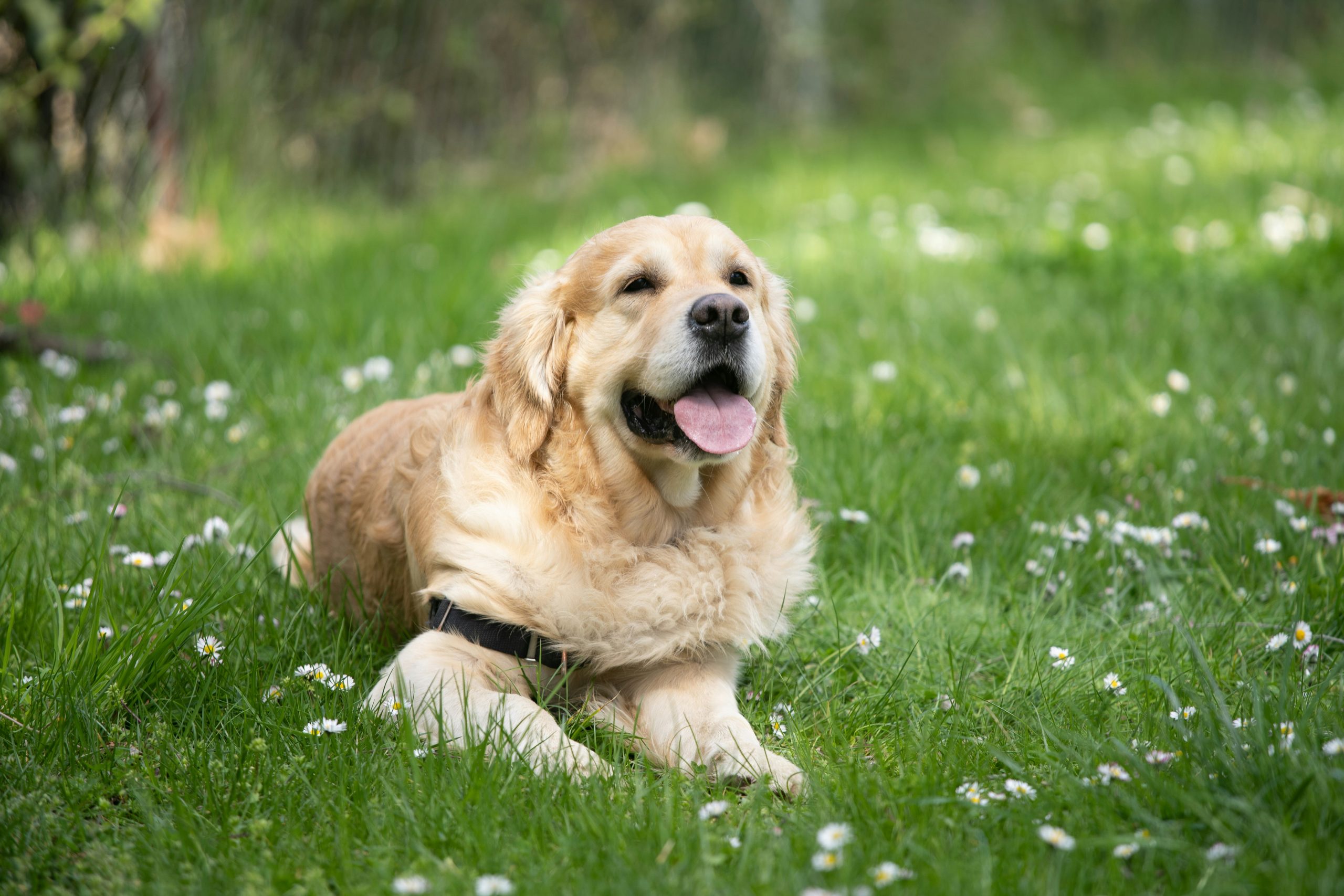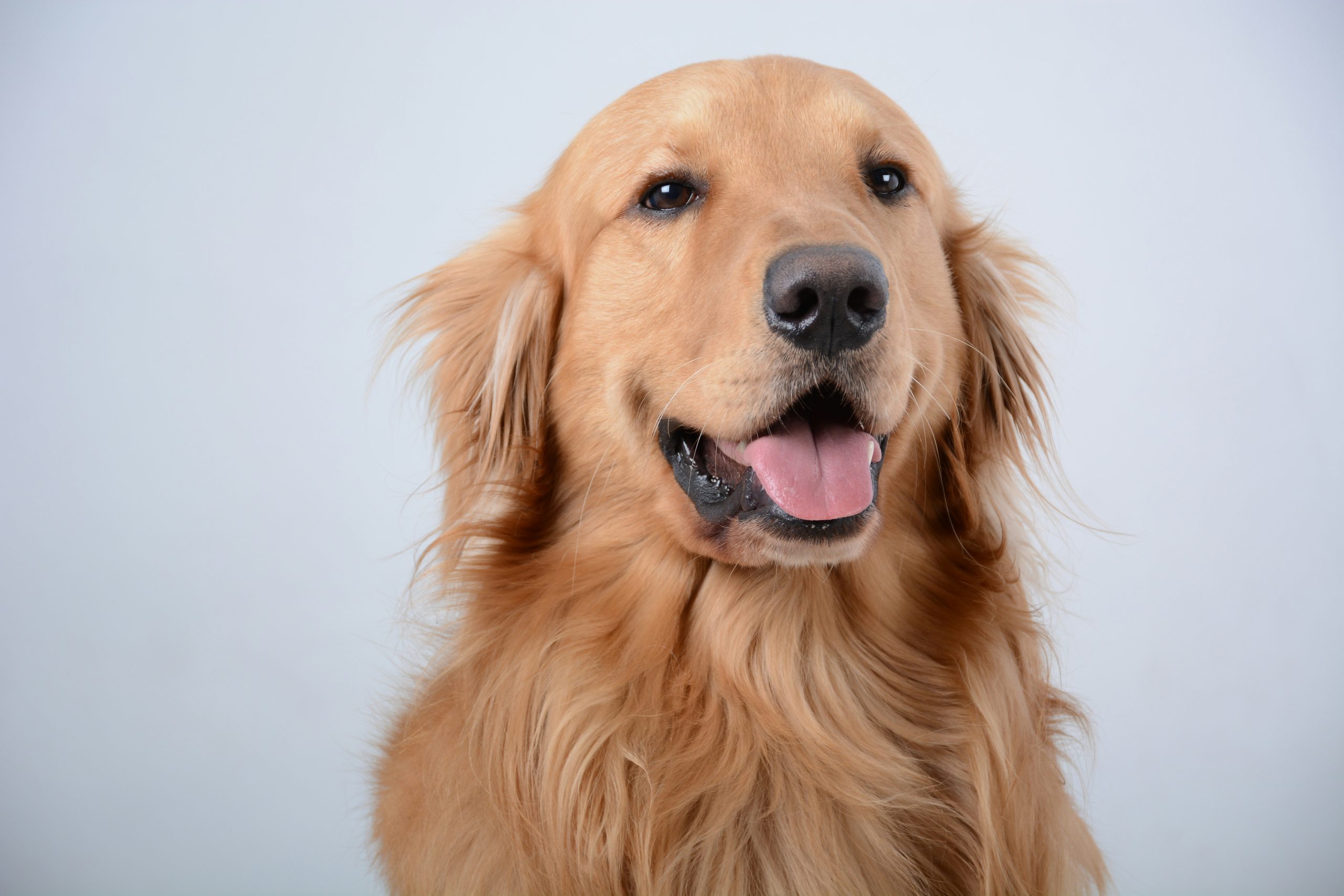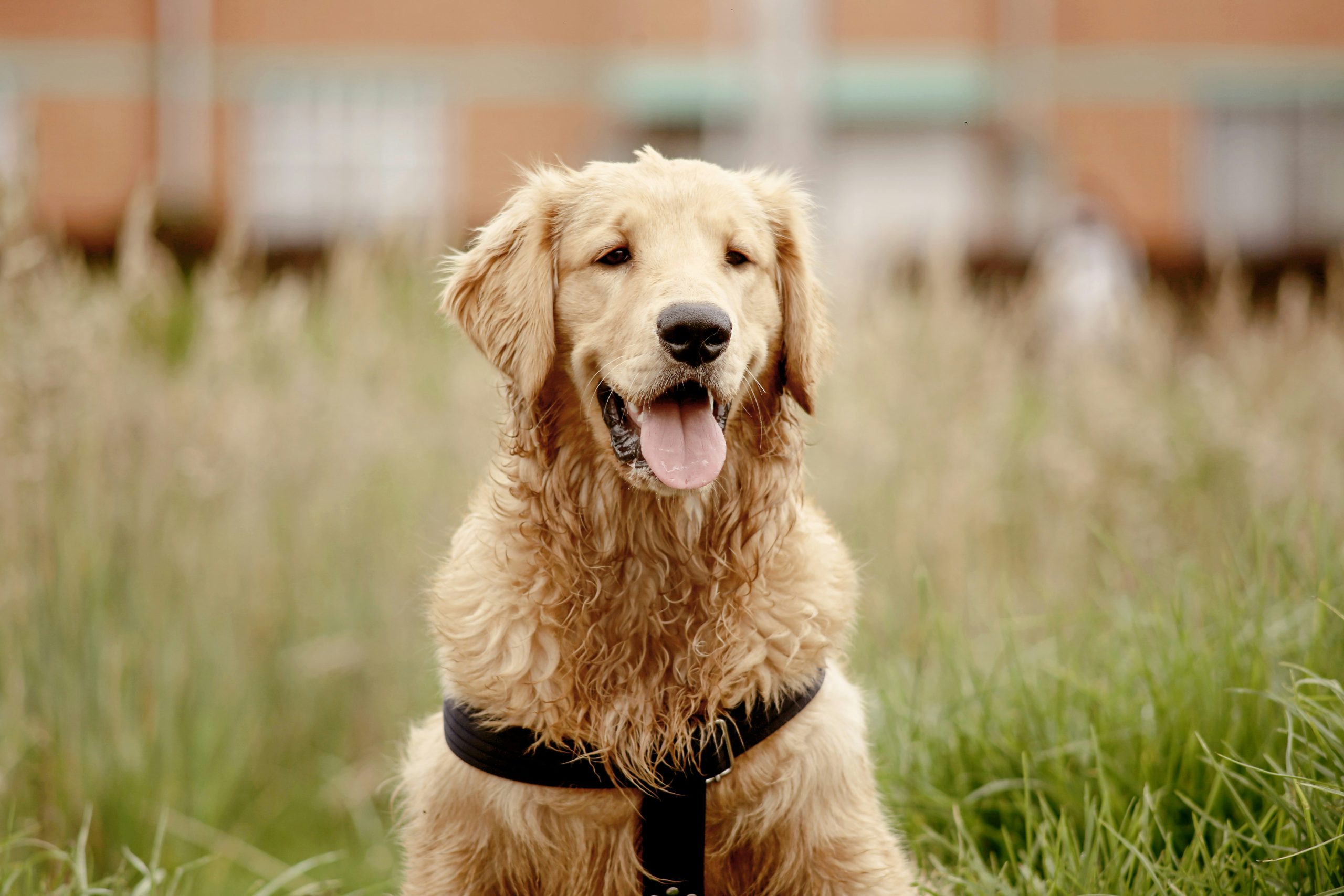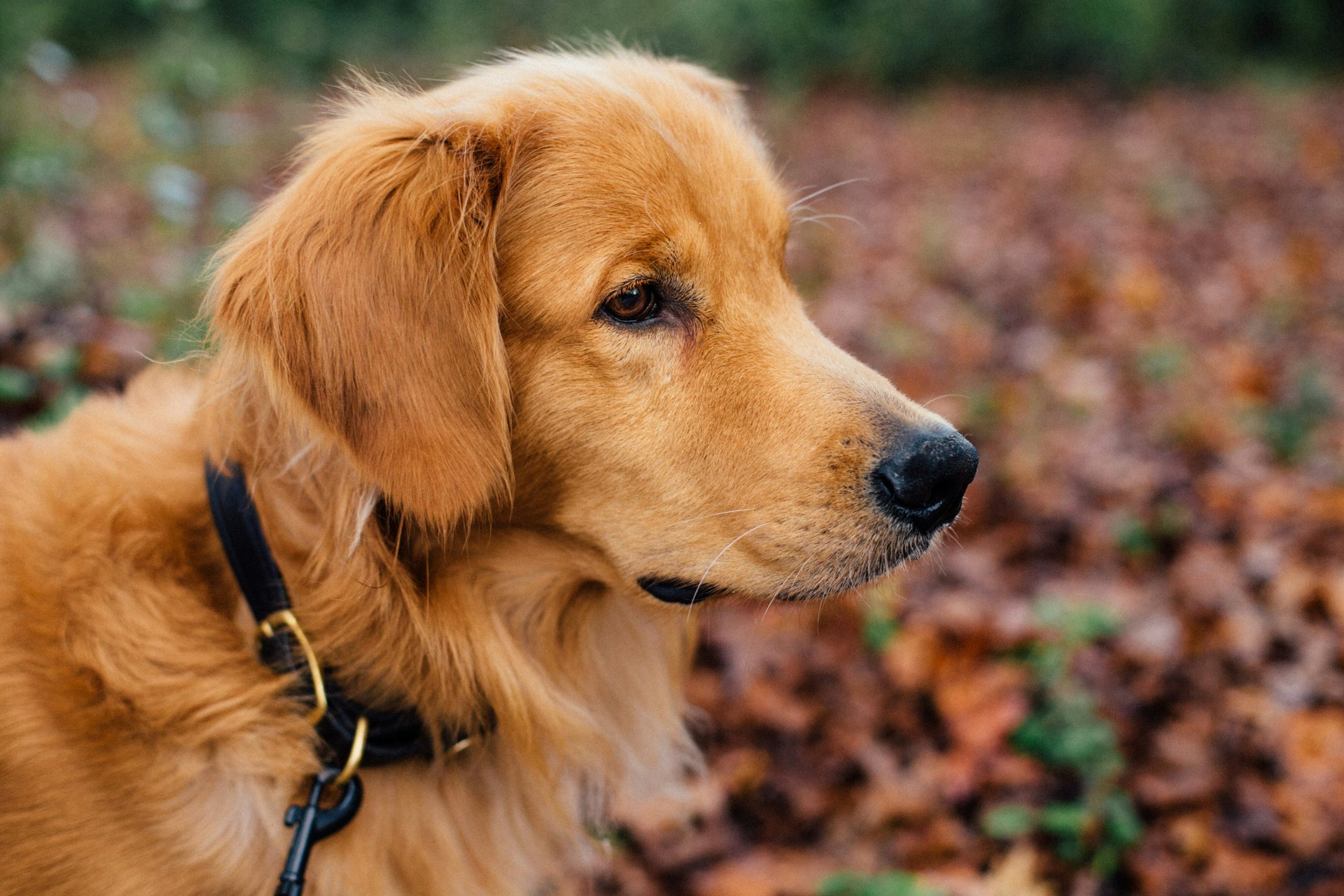It’s only natural for Golden Retriever parents to think that they are the best breed ever. That’s because their characteristics fit our checklist of what we want in a pet, and the drawbacks—of course, there are some!—are tolerable for us. However, not everyone shares our viewpoint, and that’s exactly why there are various dog breeds out there. Each was created with its own set of physical traits, aptitudes, and temperaments that make it appealing to some but less suitable for others.
If you are thinking of adopting a Goldie, this article is a must-read. We have talked to experienced breeders and dog owners to find out the reasons why Golden Retrievers are the worst for some people. We don’t want to discourage you from bringing a Goldie home; rather, we aim to provide you with a realistic perspective on the responsibilities and challenges that come with this breed. By recognizing and preparing for the difficulties, you can fully appreciate the happiness and company they offer.
7 Reasons Why Golden Retrievers Are the Worst

High Energy and Exercise Needs
Many dog owners discover why Golden Retrievers are the worst choice for their lifestyle when facing these dogs’ tremendous exercise requirements. These hunting dogs were bred for retrieving games for hours, which means they have seemingly endless energy reserves that need to be burned daily. We’re talking about 1-2 hours of vigorous exercise every single day – rain, shine, or blizzard.
Your Golden will need multiple walks, play sessions, and mental stimulation activities throughout the day. Skip exercise for just one day, and you might come home to find your couch cushions transformed into a winter wonderland of stuffing. Their high energy levels can be particularly challenging for busy professionals, people with mobility issues, those living in apartments, and families with hectic schedules.
Shedding and Grooming
Golden Retrievers might be a nightmare for neat freaks – that becomes clear when you consider their shedding habits. These dogs don’t just shed; they produce enough fur to create several new dogs. Their thick double coat means you’ll be vacuuming daily, brushing your dog for at least 30 minutes every day, and scheduling professional grooming appointments every 6-8 weeks.
The seasonal blowouts twice a year are particularly challenging, turning your home into what looks like a golden fur tornado zone. You’ll find dog hair in your food, clothes, and places you didn’t even know existed. Investment in heavy-duty cleaning equipment becomes necessary, and saying goodbye to wearing black clothes might be inevitable.
Prone to Health Issues
Unfortunately, Golden Retrievers are walking veterinary bills. Their popularity and sometimes irresponsible breeding have led to numerous health issues becoming common in the breed. These dogs are particularly prone to hip and elbow dysplasia, various forms of cancer (with over 60% developing cancer in their lifetime), heart problems, eye issues, skin allergies, and joint problems.
These health concerns mean regular vet visits, expensive treatments, and potentially heartbreaking decisions. Insurance companies often charge higher premiums for Golden Retrievers due to their known health issues, making them one of the most expensive breeds to maintain in terms of healthcare costs.
Training and Socialization

While Golden Retrievers are intelligent, they can be surprisingly challenging to train. Their enthusiasm often overrides their ability to focus, making training sessions feel like trying to teach a furry tornado to sit still. They require extensive socialization and consistent training throughout their lives.
Common challenges include excessive jumping on people, pulling on leash during walks, difficulty with impulse control, and slow maturation – their puppy brain can last 2-3 years. Without proper training, their size and energy can make them overwhelming and potentially dangerous, especially around children or elderly people.
Food-Driven
Golden Retrievers have absolutely no self-control when it comes to food. They will eat their regular meals, your meals, the garbage, and basically anything they can fit in their mouths. This food obsession leads to constant counter surfing, garbage raiding, risk of dangerous ingestion, weight management issues, and expensive vet visits for foreign object removal.
Their insatiable appetite means you’ll need to be vigilant about food storage and careful about leaving anything edible (or seemingly edible) within reach. This can make meal preparation and dining particularly challenging when you have a Golden Retriever in the house.
Need for Companionship
If you value personal space, a Golden Retriever will drive you crazy. These dogs take “velcro dog” to a whole new level. They’ll follow you to the bathroom, from room to room, and everywhere else you go. This intense need for companionship can lead to severe separation anxiety and destructive behavior when left alone.
Working from home becomes challenging as they constantly demand attention, and leaving them alone for extended periods can result in destructive behavior, such as constant barking or furniture scratching. Their dependency makes them unsuitable for people who work long hours or travel frequently.
Large Size
Golden Retrievers are big dogs, typically weighing between 55-75 pounds. Their size creates several challenges, including higher food costs, need for larger living space, more expensive supplies and equipment, and difficulty traveling. They may accidentally knock over small children or elderly family members, and their size makes them challenging in small living spaces.
How to Handle Golden Retriever Challenges

While these challenges might seem overwhelming, they shouldn’t automatically disqualify Golden Retrievers as potential pets. With proper preparation and management strategies, many of these “worst” characteristics can be effectively handled. Our experts suggest some practical solutions to help you navigate the downside of owning a Goldie:
- Create an exercise schedule: Map out a consistent exercise routine that fits your lifestyle. This might include morning walks, lunchtime play sessions, and evening training. Consider hiring a dog walker or enrolling in doggy daycare if your schedule is tight. Remember that mental stimulation activities like puzzle toys and training games can help tire them out when physical exercise isn’t possible.
- Establish a grooming routine: Make grooming a daily bonding activity rather than a chore. Invest in a high-quality vacuum designed for pet hair, and keep grooming tools in multiple rooms for quick brushing sessions. Professional grooming every 6-8 weeks can help manage shedding, while using de-shedding tools during seasonal blowouts can significantly reduce fur around your home.
- Invest in a preventive healthcare schedule: Regular vet check-ups and maintain a health savings fund specifically for your Golden. Consider pet insurance while your dog is young to help manage potential health issues later. Focus on preventive care through proper nutrition, regular exercise, and weight management to minimize health problems.
- Implement consistent training: Start training early and make it part of your daily routine. Break training sessions into short, frequent intervals throughout the day rather than long, overwhelming sessions. Use positive reinforcement and consider working with a professional trainer to establish good habits early on.
- Manage food-related behaviors: Use slow-feeder bowls and puzzle toys to make mealtimes more challenging and satisfying. Keep counters clear and trash secured, and establish strict rules about human food. Consider splitting meals into smaller portions throughout the day to help manage their constant hunger. Also, make sure you choose the suitable food for Golden Retrievers to avoid obesity and make sure your fur baby maintain a healthy weight.
- Address separation anxiety: Gradually accustom your Golden to being alone through short departures and positive associations. Create a comfortable “den” area with engaging toys and calming aids. Consider using dog cameras to monitor and interact with them while you’re away, and gradually increase alone time as they become more comfortable.
- Adapt your space: Make your home Golden-friendly by creating designated areas for rest and play. Use baby gates to section off areas when needed, and consider furniture covers to protect against fur and damage. Establish a routine for cleaning and maintenance to keep your home manageable despite their size and shedding.
The Bottom Line
After examining why Golden Retrievers are the worst choice for some households, it’s clear that these challenges don’t make them bad dogs – just high-maintenance ones. Understanding the downsides of Golden Retrievers helps potential owners make informed decisions. While they might be the worst choice for someone seeking a low-maintenance pet, their loving nature and dedication to their families make them perfect for owners who can meet their substantial needs.
Before deciding if a Golden Retriever is right for you, carefully consider whether you can provide the extensive exercise, grooming, training, and medical care they require. Sometimes what makes Golden Retrievers the worst choice for one person might make them the perfect match for another – it all depends on your lifestyle, resources, and expectations for a canine companion.

As a dedicated pet writer with a passion for Golden Retrievers, I’ve spent years studying and writing information to help owners give the finest care for their beautiful companions. While I do not personally own a Golden Retriever, my writing stems from a genuine love for the breed and a desire to provide useful, well-researched information. My goal is to provide practical and useful advice to Golden Retriever owners on topics such as food selection, common health conditions, and training strategies.


